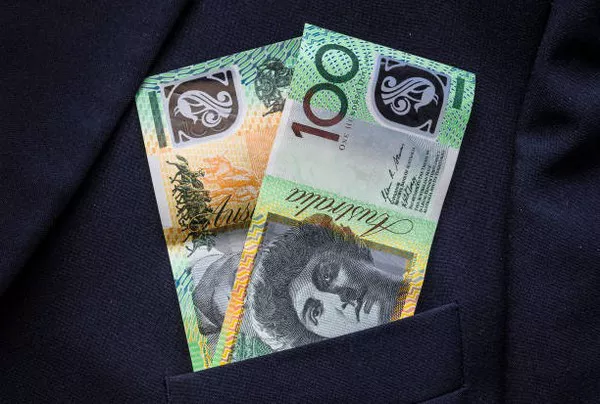The Australian dollar fell against the U.S. dollar for a fifth straight session on Friday as rising risk aversion triggered a rally in the U.S. dollar. However, higher-than-expected Australian employment data showed tight labor market conditions in the country, exacerbating concerns that the Reserve Bank of Australia (RBA) may raise interest rates, and the Australian dollar’s decline may be limited.
Figures released by the Australian Bureau of Statistics on Thursday showed that employment rose by 50,200 in June from May, beating market forecasts for a rise of 20,000. According to Reuters, the data slightly changed investors’ expectations that the Reserve Bank of Australia may raise interest rates in August, with swaps suggesting a 20% chance of a rate hike, up from 12% before the data was released. However, the unemployment rate rose to 4.1% from 4.0%, while expectations were steady.
Rising U.S. Treasury yields provided support to the dollar. However, the dollar’s upside may be limited as weak labor data bolsters expectations for the Federal Reserve’s decision to cut interest rates in September.
According to CME Group’s FedWatch Tool, markets currently indicate a 93.5% chance of a 25 basis point rate cut at the September meeting, up from 85.1% a week ago.


